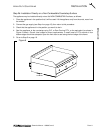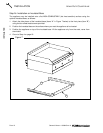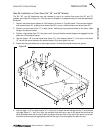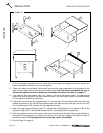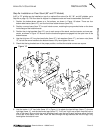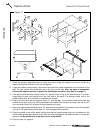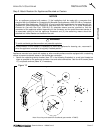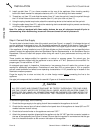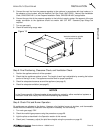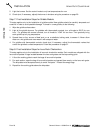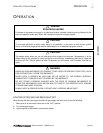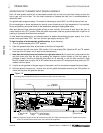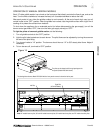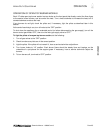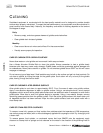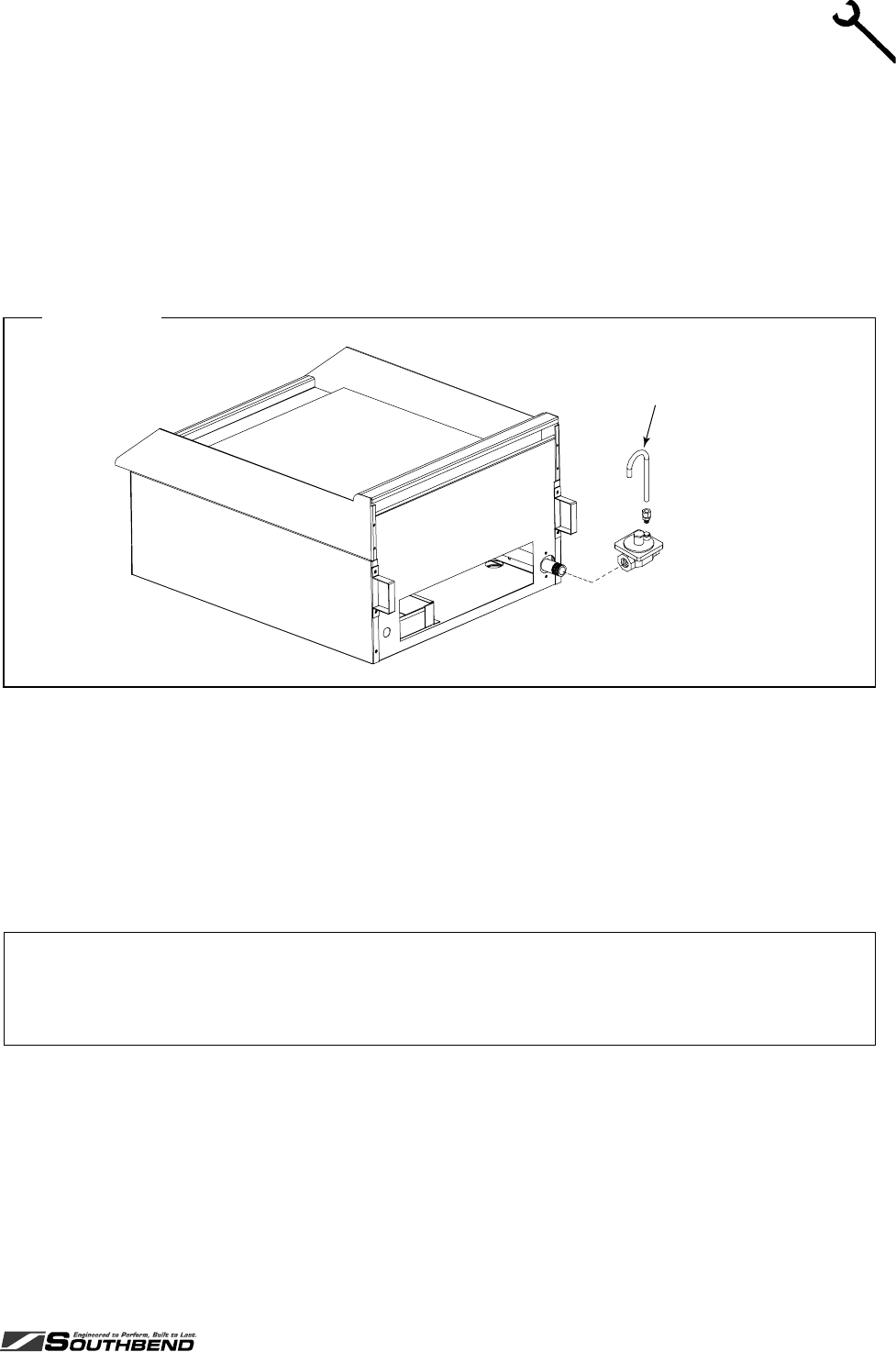
HEAVY DUTY COUNTERLINE INSTALLATION
OWNER’S MANUAL 1182845 REV 8PAGE 19
INSTALLATION
5. Connect the vent line from the pressure regulator to the outdoors in accordance with local codes or, in
the absence of local codes, with the National Fuel Gas Code, ANSI Z223.1, Natural Gas Installation
Code, CAN/CGA-B149.1, or the Propane Installation Code, CAN/CGA-B149.2, as applicable.
6. Connect the gas inlet of the pressure regulator to the building’s supply system. No segment of the gas
supply connection to the appliance should be smaller than 3/4" NPT. Standard pipe fittings are
required.
7. Turn on gas supply.
8. Check for leaks using soapy water.
Figure 13
Vent tube included on griddles
built after June 19, 2006.
Step 5: Final Positioning, Clearance Check, and Ventilation Check
1. Position the appliance where it will be operated.
2. Check that the appliance surface is level. The length of each leg is adjustable by screwing the bottom
portion of the leg in or out. The appliance must be level for proper operation!
3. Check for adequate clearances around the appliance (see page 5).
4. Check for adequate ventilation (see page 5).
NOTICE
In the Commonwealth of Massachusetts all gas appliances vented by either mechanical systems or
ventilation hoods shall comply with 248 CMR interlocking requirements.
Step 6: Check Pilot and Burner Operation
All appliances are adjusted at the factory. However, pilot heights, burner air shutters, and thermostatic
valves should be checked at installation and adjusted if necessary. Do the following:
1. Turn main gas supply “ON”.
2. Check the manifold gas pressure using the procedure on page 28.
3. Light the pilots as described in the Operation section of this manual.
4. Check (and, if necessary, adjust) the pilot flame heights using the procedure on page 29.



